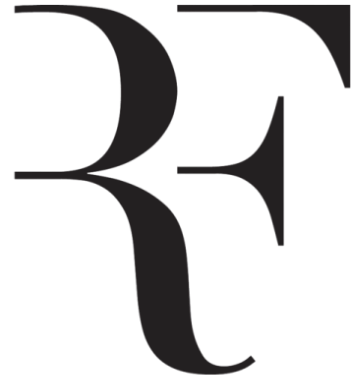What does anchoring heuristic mean in psychology?
An anchoring bias is a faulty heuristic which occurs when you focus on one piece of information when making a decision or solving a problem. People make inaccurate final estimates due to inaccurate adjustments from an initial value.
What is anchoring in psychology?
The anchoring effect is a cognitive bias that describes the common human tendency to rely too heavily on the first piece of information offered (the “anchor”) when making decisions. During decision making, anchoring occurs when individuals use an initial piece of information to make subsequent judgments.
What is anchoring and adjustment in psychology?
Anchoring and adjustment refer to the cognitive bias whereby a person is heavily dependent on the information received initially (referred to as the “anchor”) while making subsequent decisions.
What is an example of anchoring heuristic?
Anchoring bias occurs when people rely too much on pre-existing information or the first information they find when making decisions. For example, if you first see a T-shirt that costs $1,200 – then see a second one that costs $100 – you’re prone to see the second shirt as cheap.
Which of the following is an example of the anchoring heuristic?
That first piece of information is the anchor and sets the tone for everything that follows. For example, a car dealer might suggest a price for a car and the customer will try to negotiate down from that price, even if the price suggested is more than the Blue Book Value.
What is anchoring and adjustment heuristic?
The anchoring and adjustment heuristic describes cases in which a person uses a specific target number or value as a starting point, known as an anchor, and subsequently adjusts that information until an acceptable value is reached over time.
What is an example of anchoring and adjustment?
For example, a used car salesman (or any salesman) can offer a very high price to start negotiations that are arguably well above the fair value. Because the high price is an anchor, the final price will tend to be higher than if the car salesman had offered a fair or low price to start.
Which one is an example of using anchoring in marketing practices?
Marketers can create an anchor concerning the relation of price to the amount of product we get. For example, the sign says you can get a 20 oz Coke for $1.69 or a 32oz Coke for $1.99. So, for 30 cents, you’ll have almost twice as much Coke.
What is anchoring principle?
Summary: People tend to focus on a single, initial piece of information, which influences how they estimate value and make subsequent decisions.
What is an example of representative heuristic?
For example, police who are looking for a suspect in a crime might focus disproportionately on Black people in their search, because the representativeness heuristic (and the stereotypes that they are drawing on) causes them to assume that a Black person is more likely to be a criminal than somebody from another group.
